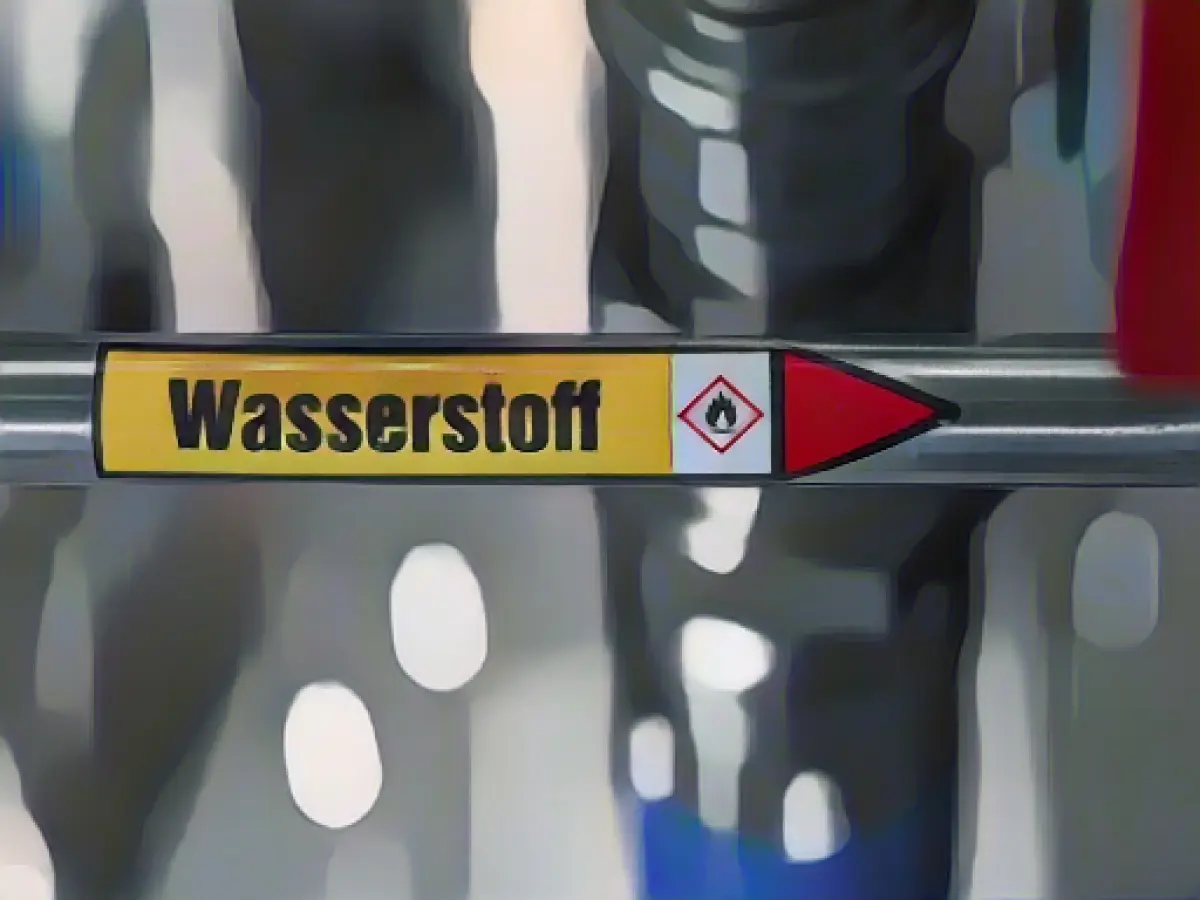Hydrogen's Pivotal Role in Germany's Green Energy Push
Southern Saxony-Anhalt will become a vital part of Germany's developing hydrogen core network. The Federal Ministry of Economics has marked the east-west pipeline connecting Magdeburg and Salzgitter in Lower Saxony as an expansion spot. This was announced by Saxony-Anhalt's Energy Minister Armin Willingmann (SPD).
Earlier, Federal Minister of Economics Robert Habeck (Greens) unveiled the blueprint for Germany's hydrogen core network in Berlin, emphasizing its potential to lower greenhouse gas emissions, including in industry. Habeck likened the hydrogen network lines to federal highways, with plans for a network spanning around 9,700 kilometers.
Central Germany, too, is anticipating a significant demand for hydrogen, according to initial results from a study. The region expects an annual hydrogen consumption of at least 30 terawatt hours. To address this demand, a hydrogen network up to 1,000 kilometers long is being planned in Saxony, Saxony-Anhalt, and Thuringia.
Jörn-Heinrich Thobaben, Managing Director of the European Metropolitan Region of Central Germany, noted that a third of the required network can be developed by repurposing existing natural gas pipelines. The growth potential of hydrogen as a sustainable energy source is significant, as the German government projects a demand of 95 to 130 terawatt hours by 2030.
Enriching Details
Germany's hydrogen push is not limited to Saxony-Anhalt and Central Germany. The region around Rostock and Lubmin in northeastern Germany is also becoming a vital hydrogen hub. Deutsche ReGas, for instance, is planning a floating import terminal and a 200-megawatt (MW) electrolysis plant. This facility will produce up to 30,000 tons of hydrogen per year.
Cross-border connections are also in the works. Germany and the Netherlands will share four connection points based on their hydrogen network development plans. These will have an initial combined capacity of 11.7 GW and could transport hydrogen imported in the Netherlands to Germany.
On the domestic front, Germany has implemented carbon contracts for difference to assist large industrial consumers in transitioning to renewable power or clean hydrogen. The goal is to reduce CO2 emissions, with three more rounds planned subsequently. Additionally, Germany is supporting the construction of hydrogen-ready gas-fired power plants and expanding hydrogen refueling stations in regions like Bavaria.
The development of hydrogen infrastructure in cities like Rostock and Lubmin is opening up new economic opportunities and jobs. As energy-intensive companies switch to cleaner energy sources, industries related to hydrogen production and use will flourish.
In conclusion, Germany's hydrogen core network expansion represents a significant step towards a sustainable and low-carbon energy future. Key nodes like Rostock and Lubmin are becoming critical hubs for hydrogen production and distribution. Cross-border connections and government support mechanisms underscore Germany's commitment to lowering CO2 emissions and transitioning to a greener energy economy.








